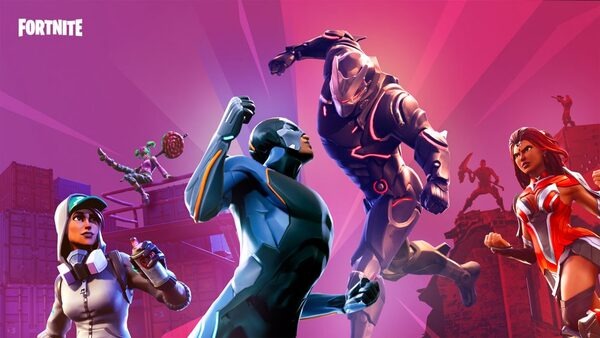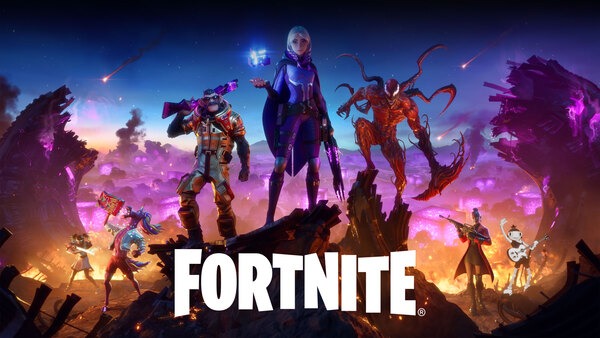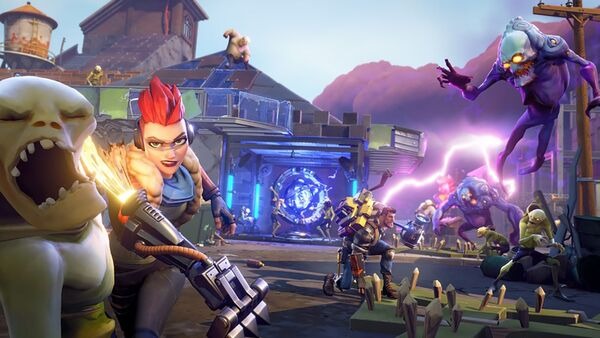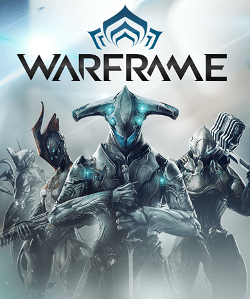The Battle Pass System in Fortnite: An In-Depth Analysis of Its Impact and Challenges
Popular Now
 The Legend of Zelda
The Legend of Zelda
 Black Myth: Wukong
Black Myth: Wukong
 Geometry Dash
Geometry Dash
 Candy Crush Saga
Candy Crush Saga
 Sonic the Hedgehog™ Classic
Sonic the Hedgehog™ Classic
 Stumble Guys
Stumble Guys
 EA SPORT FC 25
EA SPORT FC 25
 FIFA 23
FIFA 23
 Garena Free Fire: Kalahari
Garena Free Fire: Kalahari
 League of Legends
League of Legends

Since its introduction in Fortnite by Epic Games, the Battle Pass system has become a standard feature across the gaming industry. It revolutionized how players interact with in-game content, offering rewards tied to gameplay progression rather than random chance. But while the system has found commercial success, it also brings with it significant challenges and criticisms.
In this article, we’ll explore the structure of Fortnite’s Battle Pass, how it impacts player behavior and revenue, and what challenges it presents for developers and gamers alike.
What Is the Battle Pass System?
The Battle Pass is a seasonal monetization model in Fortnite that allows players to unlock in-game content by completing challenges and leveling up through gameplay. It typically includes:
- Free and premium reward tracks
- Skins, emotes, and other cosmetics
- Weekly challenges that encourage consistent engagement
- A limited time to unlock all content
The system is praised for rewarding dedication over spending — but not without controversy.

Positive Impacts of Fortnite’s Battle Pass
1. Increased Player Retention
The Battle Pass system encourages players to log in regularly to complete challenges and maximize their rewards. This daily engagement creates a habit-forming loop, driving up player retention and session frequency.
2. Predictable Revenue Model
Compared to loot boxes, the Battle Pass offers a transparent, predictable monetization system. Players know what they’re working toward, which increases purchase confidence and reduces the negative stigma around microtransactions.
3. Enhanced Community Engagement
By aligning challenges with collaborative gameplay, Epic fosters a more active community. Players share tips, stream their progress, and create content around new skins and unlockables.
Challenges and Criticisms
1. Time Gating and Burnout
One of the main criticisms is the fear of missing out (FOMO). Players feel pressure to log in frequently or risk losing content forever. This can lead to burnout, particularly among casual gamers.
2. Pay-to-Progress Elements
While the Battle Pass promotes grinding, Fortnite also offers tier skips and bundles, raising concerns about pay-to-win mechanics, especially among younger players who feel compelled to spend to keep up.
3. Content Quality Dilution
Some seasons are criticized for filler content or repetitive cosmetics, leading to questions about the long-term sustainability of the Battle Pass model.
Influence on the Gaming Industry
Fortnite’s success with the Battle Pass inspired many titles like Call of Duty: Warzone, Apex Legends, and Valorant to adopt similar models. This shift signals a broader trend away from loot boxes and toward battle pass-based monetization. However, it also intensifies competition for player attention.

The Future of the Battle Pass Model
As more games adopt the system, developers must innovate to maintain appeal. This could mean:
- Offering more customization options
- Adding narrative progression
- Creating more player-friendly timeframes
For Fortnite, future Battle Passes may integrate more interactive elements like mini-games, crossovers, or story arcs to keep players engaged.
Conclusion
The Battle Pass system in Fortnite has significantly shaped modern gaming by providing a balanced mix of gameplay and monetization. While it offers many benefits for developers and players, its long-term sustainability depends on evolving content strategies and addressing the criticisms it faces.
As gaming continues to grow, so too will the conversation around ethical, engaging, and fair monetization. Fortnite’s Battle Pass stands as a landmark example — for better and for worse.







